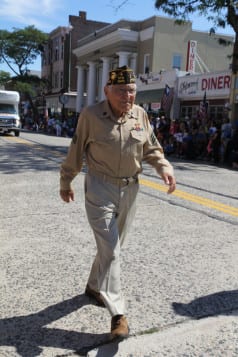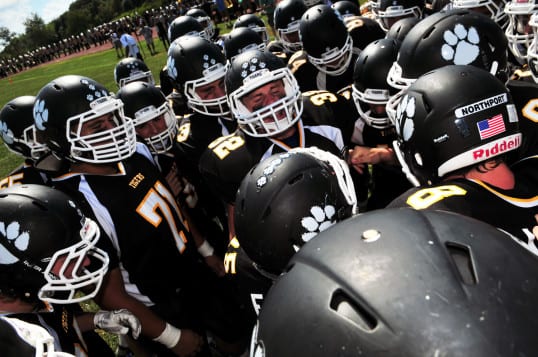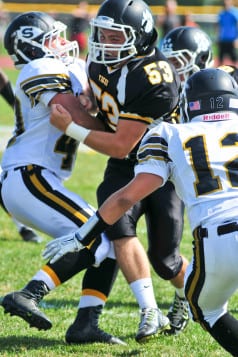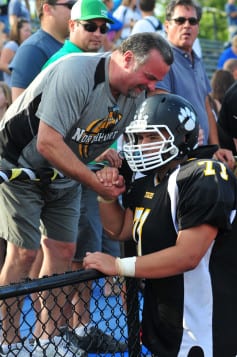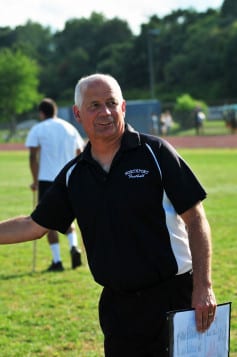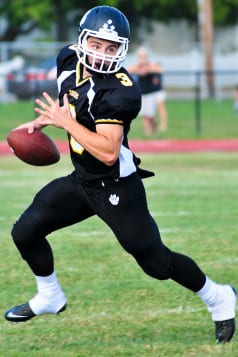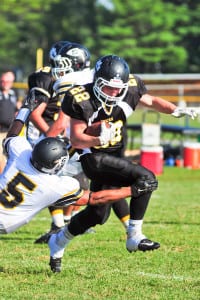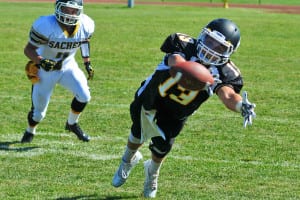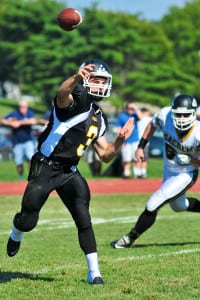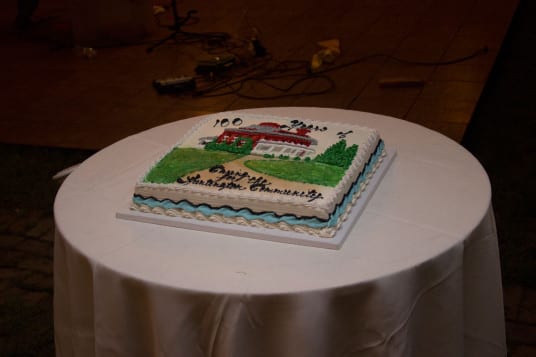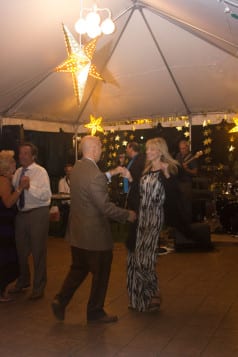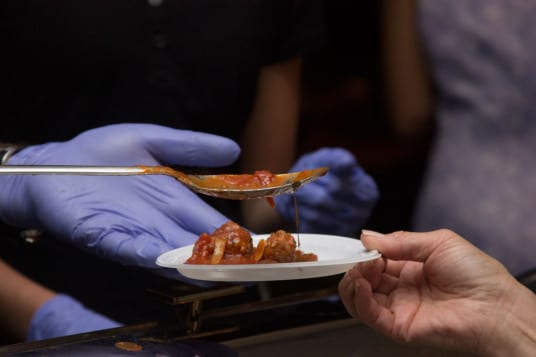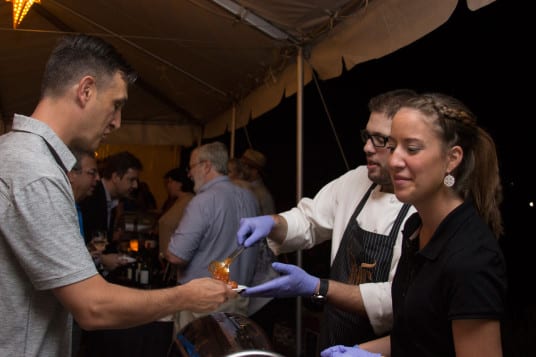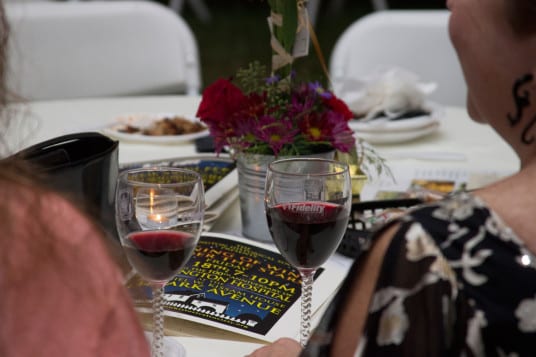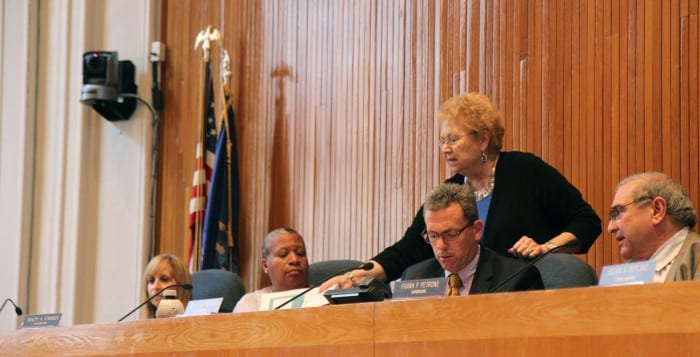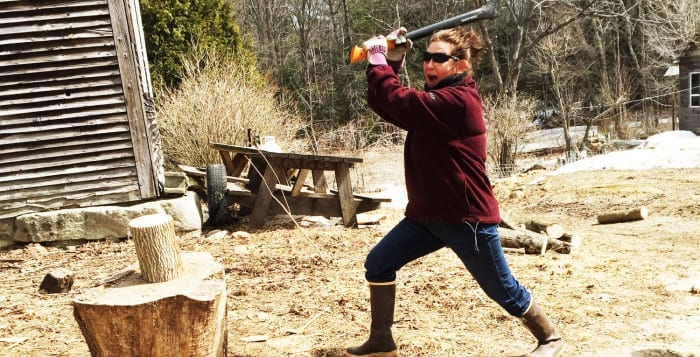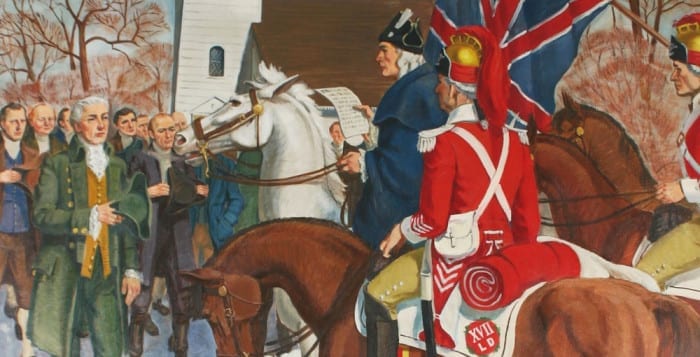Photos by Mark D’Angio and Victoria Espinoza
Cow Harbor Weekend kicked off this past Saturday, Sept. 19 in Northport with the Great Cow Harbor 10K Race. Hundreds participated, some dressed in costumes. The festivities continued on Sunday, Sept. 20 with the Cow Harbor Day Parade. Many floats included congratulations to Northport Village Police Chief Ric Bruckenthal, who is retiring on Sept. 26. Northport residents came out in large numbers, with many dogs in attendance as well, to celebrate Cow Harbor Day.
1 of 21

Councilman Gene Cook walks in the Cow Harbor Day Parade on Sunday, Sept. 20. Photo by Victoria Espinoza

Councilwoman Tracey Edwards walking in the Cow Harbor Day Parade on Sunday, Sept. 20. Photo by Victoria Espinoza

Councilwoman Susan Berland walks in the Cow Harbor Day Parade on Sunday, Sept. 20. Photo by Victoria Espinoza
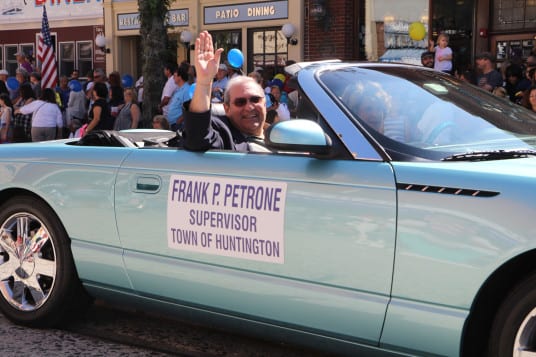
Huntington Town Supervisor Frank Petrone drives through the Cow Harbor Day Parade on Sunday, Sept. 20. Photo by Victoria Espinoza

Members of the Northport High School marching band walk in the Cow Harbor Day Parade on Sunday, Sept. 20. Photo by Victoria Espinoza
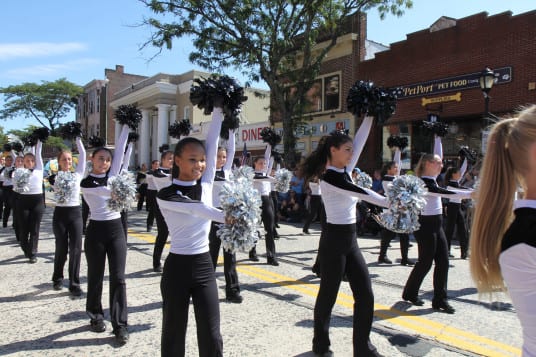
Members of the Northport High School kick line team walk in the Cow Harbor Day Parade on Sunday, Sept. 20. Photo by Victoria Espinoza

Members of Northport’s High Tide Hatters walking in the Cow Harbor Day Parade on Sunday, Sept. 20. Photo by Victoria Espinoza

Girl Scout Troop 2393 walks in the Cow Harbor Day Parade on Sunday, Sept. 20. Photo by Victoria Espinoza
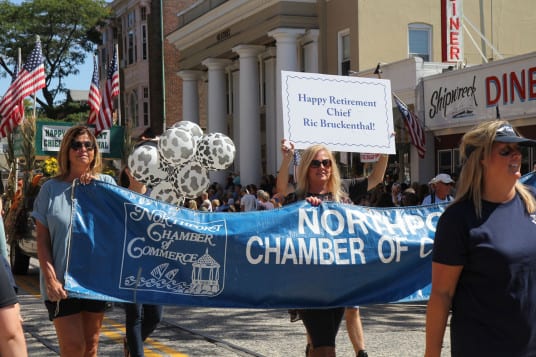
Members of the Northport Chamber of Commerce walk in the Cow Harbor Day Parade on Sunday, Sept. 20. Photo by Victoria Espinoza
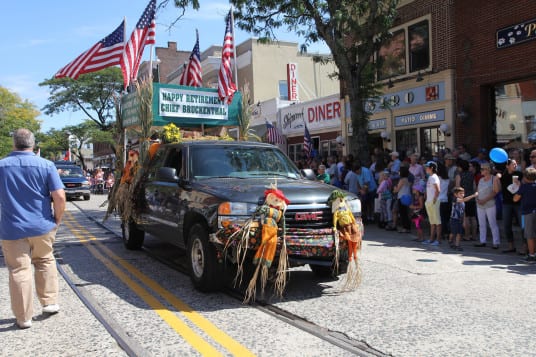
The Northport Farmers’ Market float makes its way through the Cow Harbor Day Parade on Sunday, Sept. 20. Photo by Victoria Espinoza

The Northport Fire Department Smokeaters walk in the Cow Harbor Day Parade on Sunday, Sept. 20. Photo by Victoria Espinoza

Brianne Nelson, 34, from Golden, Colorado, leads the women with time of 32:53:15, placing 17th overall at the Great Cow Harbor 10K Race in Northport on Saturday. Photo by Mark D’Angio

After leading most of the way, Parker Stinson, 23, from Eugene, Oregon finished in first place with a time of 29:11:82 at the Great Cow Harbor 10K Race in Northport on Saturday. Photo by Mark D’Angio

Team Selden Hills Warriors Training is ready for Cow Harbor Weekend in Northport. Photo by Mark D’Angio

